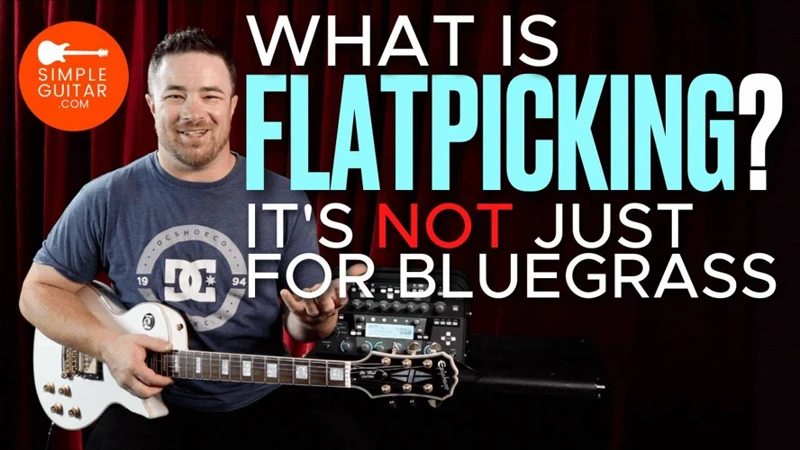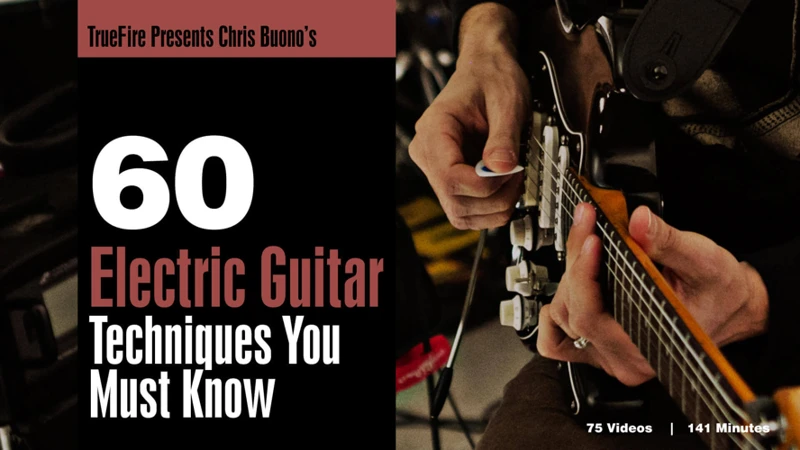Flatpicking is a popular technique used by guitarists to create a bright and lively sound. While it is commonly associated with acoustic guitar playing, flatpicking can also be effectively utilized on electric guitars to add a dynamic element to your playing. In this article, we will explore how to incorporate flatpicking into your electric guitar intro to create a unique and engaging sound that will captivate your audience from the very beginning.
What is Flatpicking?
Flatpicking is a technique where the guitarist uses a flat pick to strike the strings of the guitar in a rapid and precise manner. This technique allows for quick and fluid movement across the strings, resulting in a crisp and clear sound that is perfect for creating energetic and driving rhythms. While flatpicking is often associated with bluegrass and folk music, it can also be adapted to various genres, including rock, blues, and country.
Benefits of Flatpicking on Electric Guitar
Enhanced Clarity
One of the main advantages of using flatpicking on an electric guitar is the enhanced clarity it provides. The sharp attack of the pick striking the strings results in a clear and defined sound that cuts through the mix, making it ideal for creating intricate melodies and fast-paced riffs. This clarity can help your guitar intro stand out and grab the listener’s attention right from the start.
Dynamic Range
Flatpicking on an electric guitar also allows for a wide dynamic range, from soft and delicate passages to loud and powerful accents. By varying the intensity of your picking hand, you can create a sense of tension and release in your intro, adding depth and emotion to your playing. This dynamic range can help you build momentum and create a captivating musical journey for your audience.
Versatility
Another advantage of using flatpicking on electric guitar is its versatility. This technique can be adapted to suit various musical styles and genres, making it a valuable tool for any guitarist looking to expand their playing repertoire. Whether you are playing rock, blues, country, or jazz, flatpicking can add a new dimension to your sound and help you explore different musical possibilities.
Techniques for Flatpicking Electric Guitar Intro
Alternate Picking
One of the fundamental techniques used in flatpicking on electric guitar is alternate picking. Alternate picking involves striking the strings with the pick in a continuous down-up motion, allowing for rapid and efficient movement across the strings. This technique is essential for creating fast and precise passages in your intro, enabling you to play complex melodies and riffs with ease.
String Skipping
String skipping is another technique that can add flair and complexity to your flatpicked electric guitar intro. By skipping over certain strings and targeting specific notes, you can create unique and interesting patterns that will captivate the listener’s ear. String skipping can help you create a sense of movement and flow in your intro, adding a dynamic and engaging element to your playing.
Hybrid Picking
Hybrid picking is a technique that combines flatpicking with fingerpicking, allowing you to play intricate patterns and arpeggios with greater speed and accuracy. By using both the pick and your fingers to pluck the strings, you can create a rich and textured sound that is perfect for adding depth and complexity to your electric guitar intro. Hybrid picking can help you achieve a balance between rhythm and melody, allowing you to express yourself fully through your playing.
Creating a Flatpicked Electric Guitar Intro
When creating a flatpicked electric guitar intro, it is important to consider the overall mood and feel you want to convey to your audience. Whether you are aiming for a high-energy rock riff or a soulful blues melody, your intro should set the tone for the rest of the song and capture the listener’s attention from the very beginning. Here are some tips for creating a compelling flatpicked electric guitar intro:
Start with a Strong Melody
Begin your intro with a strong and memorable melody that will hook the listener’s ear and draw them in. Whether it is a catchy riff or a soaring lead line, make sure your melody is clear and well-defined, allowing it to shine through the mix and make a lasting impression.
Use Dynamic Variation
Incorporate dynamic variation into your intro by alternating between soft and loud passages, creating a sense of tension and release that will keep the listener engaged. Experiment with different picking intensities and articulations to add depth and emotion to your playing, making your intro more dynamic and expressive.
Add Harmonic Texture
Enhance the harmonic texture of your intro by incorporating arpeggios, chord embellishments, and harmonic fills into your flatpicked phrases. By layering different harmonies and textures, you can create a rich and vibrant sound that will captivate the listener’s ear and create a sense of depth and complexity in your playing.
Experiment with Rhythm
Explore different rhythmic patterns and grooves in your flatpicked electric guitar intro to create a sense of movement and drive. Experiment with syncopated rhythms, off-beat accents, and rhythmic variations to add interest and energy to your playing, making your intro more dynamic and engaging.
Build to a Climax
Build your flatpicked electric guitar intro to a climax by gradually increasing the intensity and complexity of your playing as the intro progresses. Use crescendos, accelerandos, and dynamic shifts to create a sense of anticipation and excitement, leading up to a powerful and memorable conclusion that will leave a lasting impact on the listener.
Looking to improve your flatpicking skills on the electric guitar? Check out our articles on flatpicking exercises and top flatpicking techniques for some valuable tips and tricks. If you’re also interested in strumming on the acoustic guitar, don’t miss our guide on strumming tips and capo placement. Want to delve into alt-bass strumming for country guitar? Check out our article on alt-bass strumming techniques to add some flair to your playing!
Conclusion
In conclusion, incorporating flatpicking into your electric guitar intro can add a new dimension to your playing and help you create a unique and engaging sound that will captivate your audience. By exploring different flatpicking techniques, experimenting with dynamic variation, and focusing on creating a strong melody, you can craft a compelling intro that sets the tone for the rest of the song and leaves a lasting impression on your listeners. So grab your electric guitar, pick up your flat pick, and start exploring the exciting world of flatpicked electric guitar intros today!




